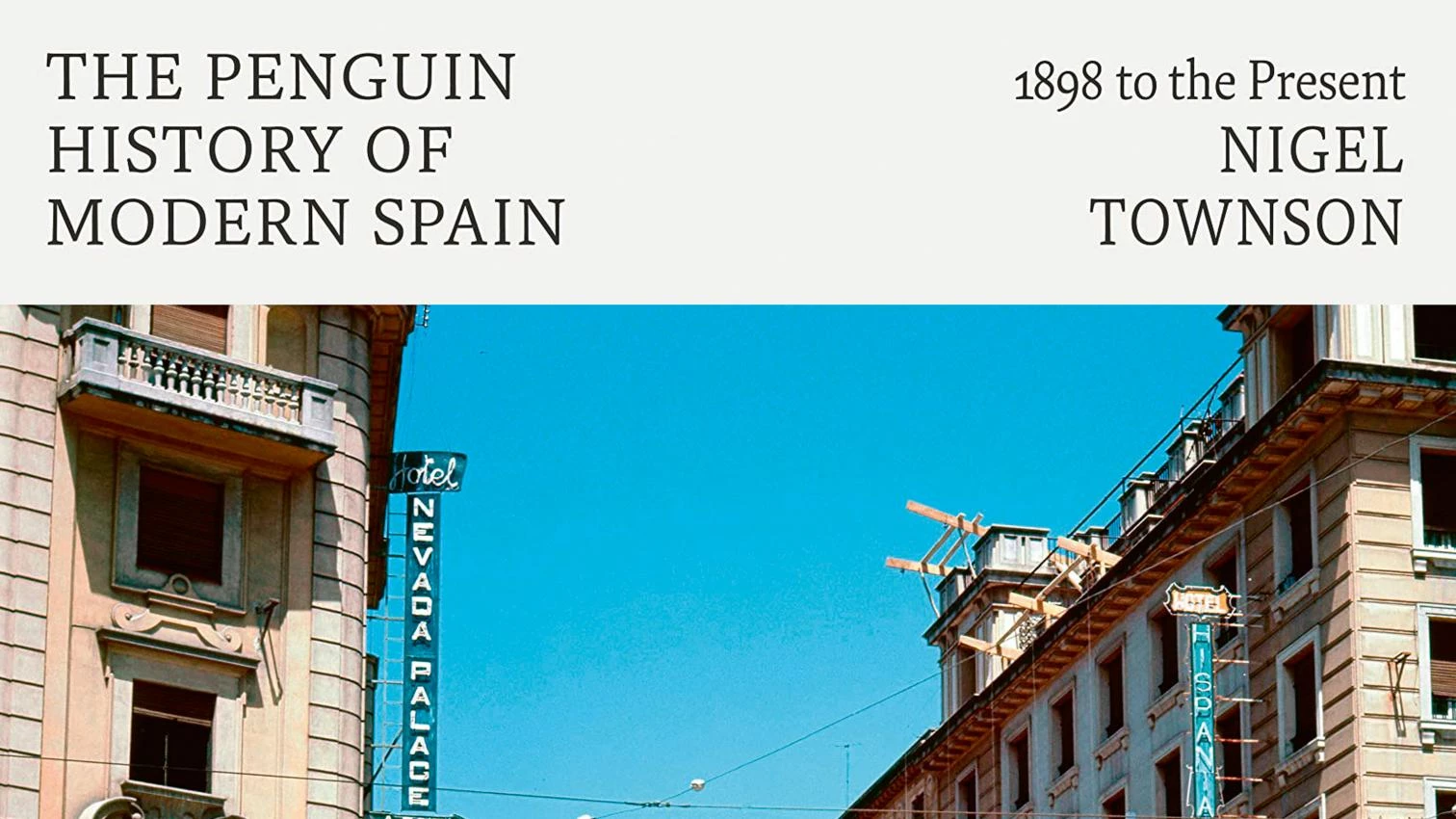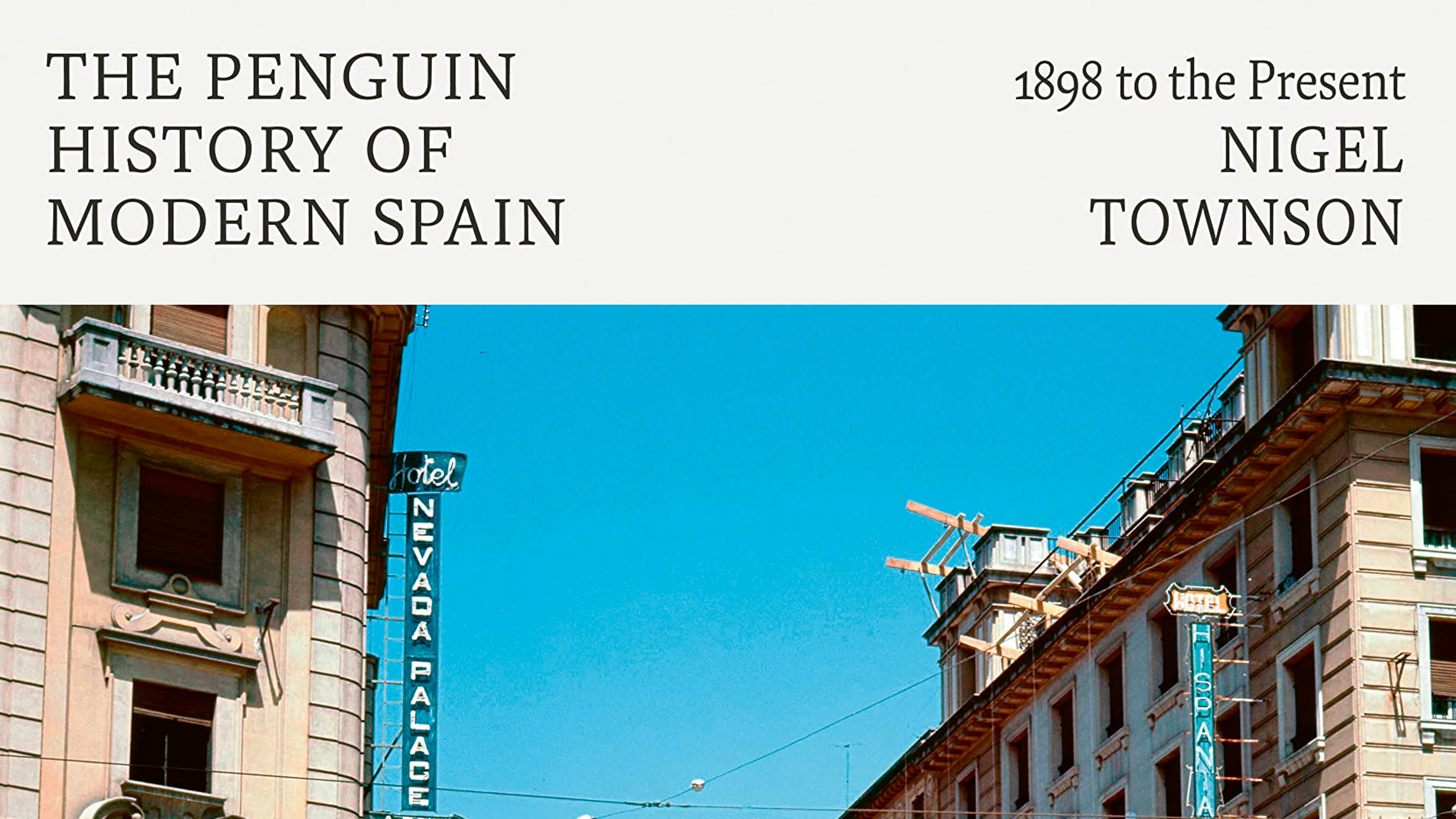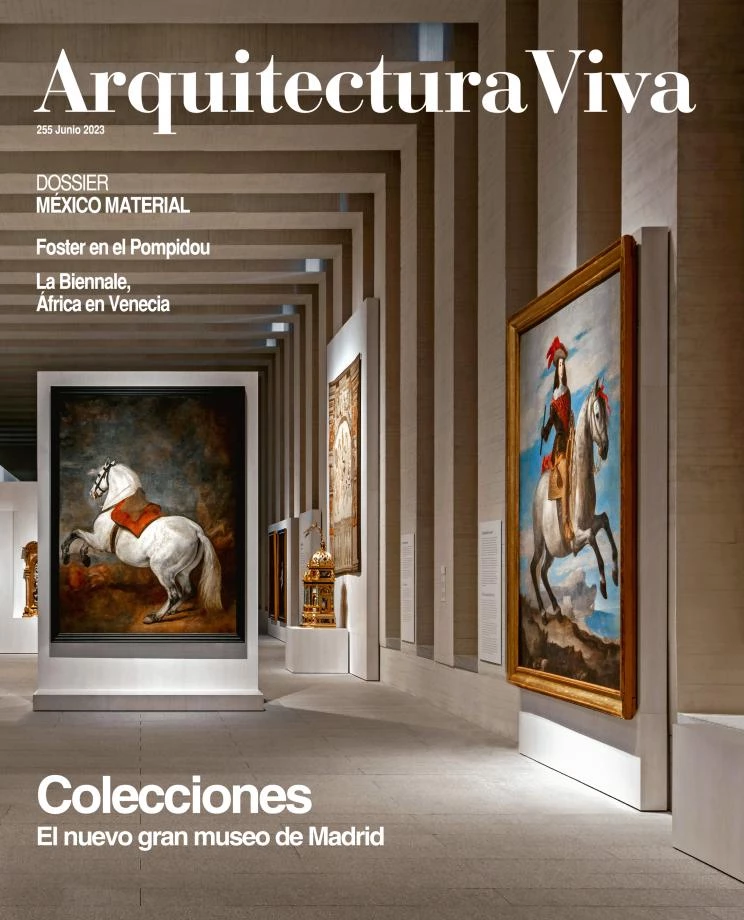
Spain’s 20th century was convulsed. The Penguin History of Modern Spain, which goes from 1898 to the pandemic of 2020-2022, indeed describes an epoch that was troubled, but really not unlike that of other European countries. In what will be a reference book in the English-speaking world, Nigel Townson uses the work of recent Spanish historians to build a balanced narrative that calls the country’s supposed exceptionality into question. Today’s Spain is presented as “a stable, prosperous democracy, having become ‘just another European democracy’, though retaining – like all other European democracies – its own peculiarities,” and the historical narrative stresses this trait relating each period to the broader European framework. The book journeys from the ‘Disaster’ and the ‘Regeneration,’ Primo de Rivera’s dictatorship, and the Second Republic to the tragedy of the Civil War, the long decades of Franco’s rule, the Transition, and democracy, at every point providing an international context that makes the Spanish experience less unique.
With barely a reference to the British historians before him, such as Raymond Carr, Gerald Brenan, or Hugh Thomas, all of whom he believes were fascinated by the romantic myth of the Civil War as the last ‘great cause,’ besides overly focused on the political sphere, Townson uses studies published in Spain over the past four decades, with their stronger emphasis on economics, society, and culture, and which together contradict the picture of ‘failure, stagnation and backwardness’ so often used to discuss Spain’s recent history. Penguin’s new release is essentially political, but tries to explain social and economic transformations, with schematic sketches of the cultural context, in spite of the author, a history professor at Universidad Complutense, being also the editor of the work of Arturo Barea. This writer and the likes of Buñuel, Lorca, Alberti, Picasso, and Dalí appear episodically, as do Ortega y Gasset and Unamuno, but the story is short of development that would lend literary or artistic depth to a panorama that focuses on mass culture.
In our own field of architecture, the modernisme of Domènech and Gaudí is mentioned as a reflection of Barcelona’s prosperity during the passage from one century to another, while the Gran Vía and Art Déco buildings like the Círculo de Bellas Artes are testimonies of Madrid’s transformation, and the 1929 exhibitions in Barcelona and Seville, revolving around the cities’ respective Plazas de España, displayed the nationalist spirit of Primo’s dictatorship. Architects are rarely mentioned, and though the pavilion of 1937 figures as the setting of Guernica, Sert is as excluded as Palacios or Zuazo, and the same goes for Bohigas, Bofill, Moneo, or Calatrava, even though the Olympic Games and Expo 92 are described as emblems of the annus mirabilis of Spanish democracy, or buildings like the Reina Sofía, the Museum of Roman Art in Mérida, the National Auditorium in Madrid, the Guggenheim of Bilbao, and the restored Teatro Real and Liceu are presented as examples of an expanded welfare state. An exception to this absence of proper names is Javier Carvajal, whose Spanish Pavilion at the 1964 New York World’s Fair is presented as the most notable contribution to improving the regime’s image: costing more than the movie that won the Oscar that year, Mary Poppins, the pavilion “was treated to near-universal adulation by the US media,” and lauded by Life as ‘The Jewel of the Fair.’
The view of others is often essential to knowing ourselves better, and this book, albeit written for an English audience, should also be read by Spaniards, who will find their country painted as convulsed, but in no way exceptional or different.







